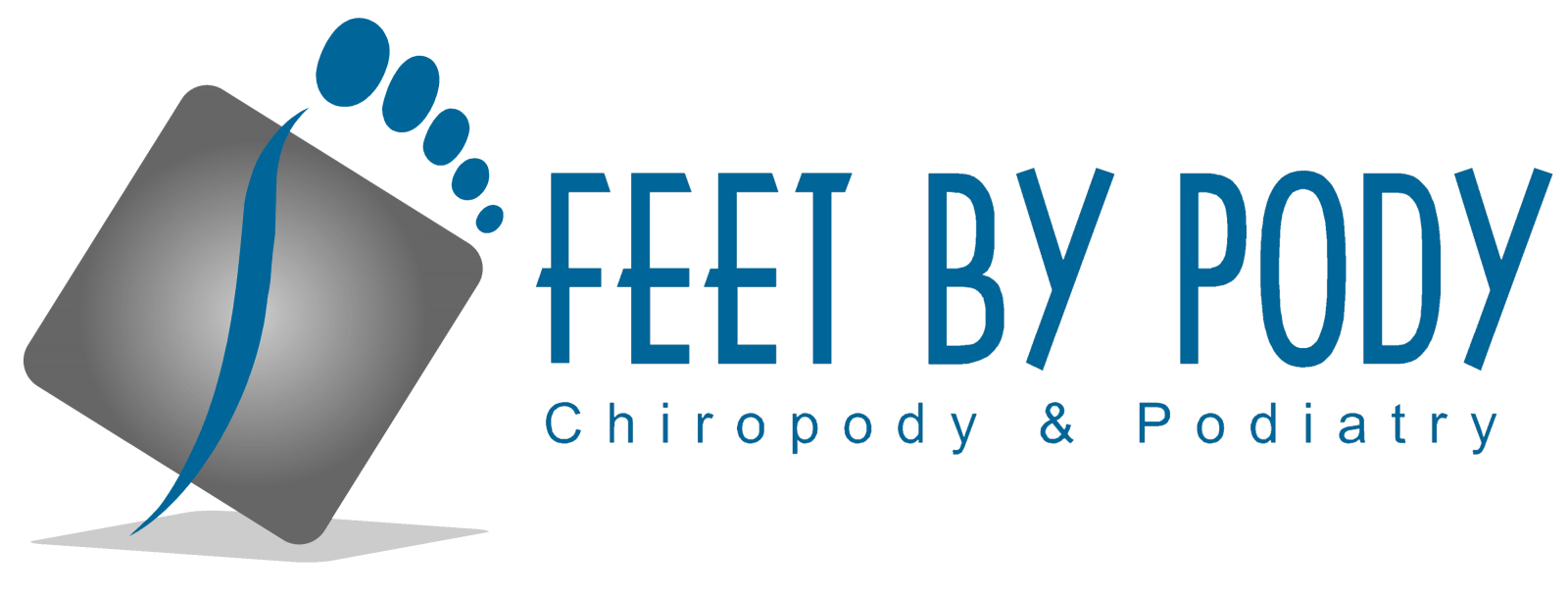Gait analysis involves thoroughly examining how you walk to assess how well your lower limbs work and identify any issues.
This diagnostic process is a key part of many of our London podiatry consultations, especially if patients are experiencing lower limb pain when walking. The information we gather and observations we make during gait analysis help us to create effective treatment plans.
In this article, we’ll discuss the purpose of gait analysis and how the process works, so you know what to expect when visiting our London foot health clinics.
What Does ‘Gait’ Mean?
Your gait is your individual walking style. It’s unique – and imperfect.
Everyone’s gait has some irregularities, whether they’re very noticeable or not. For example, some people limp, shuffle or stomp. Some gait abnormalities are present from childhood, whereas others develop in response to the ageing process, uncomfortable footwear, injuries, nerve damage or painful foot conditions.
Gait cycle is another important term: it refers to the series of movements your lower limbs make from the point your heel strikes the ground as you step forward to the point it makes contact with the ground again. Your gait cycle encompasses the stance phase (when some or all of your foot is touching the ground) and swing phase (when it’s in the air).
During gait analysis, we pay close attention to your gait, gait cycle and how you stand. In particular, we look for any signs that your walking style or posture is putting your feet under strain. Feet are the foundation of movement, so it’s extremely important to have your foot function thoroughly checked by experienced London podiatrists, who’ll then take steps to enhance it by correcting abnormalities.
What Happens During Gait Analysis?
The purpose of gait analysis is to detect and diagnose problems with the way you move around and stand. The results help us to decide how best to resolve those problems so that your lower limbs can bear your weight more easily and walk/run more efficiently and comfortably.
Gait analysis is performed as part of a biomechanical assessment during a podiatry appointment. Essentially, we draw on our foot health expertise to assess how well your lower limbs’ bones, muscles and joints move when you’re reclining, sitting, standing, and in motion.
We scan your gait using a pressure plate – a clever mat containing numerous sensors. These sensors collect information about the distribution of pressure across the bottom of each foot, the time it takes for you to complete your gait cycle, and more.
You walk a short distance and ensure one foot makes contact with the pressure plate. Then you repeat the process for your other foot. This is known as dynamic scanning, as you’re in motion. You also complete a static scan, which involves standing with both feet on the plate.
Gait Analysis Results and Next Steps
The pressure plate sends readings to powerful computer software, which turns them into impressive, colour-coded, digital ‘footprints’ and data tables. They highlight irregularities with the distribution of pressure, timing of your gait cycle movements or your centre of gravity. Plus, they can be compared with ideal results or, over time, your previous ones. In short, gait scanning provides a wealth of information that couldn’t be obtained any other way.
Gait analysis, including gait scanning, can be invaluable in relation to the diagnosis of many lower limb conditions, such as:
- Overpronation – the foot rolls inwards excessively when walking
- Underpronation/supination – the foot rolls outwards excessively when walking
- Plantar fasciitis – intense heel pain that’s worst in the morning, caused by inflamed shock-absorbing tissue
- Metatarsalgia – pain in the ball of the foot often linked to intense exercise
- Misalignment of the foot and ankle – typically due to an unstable ankle bone
- Shin splints – pain around your shin bones linked to high-impact activities
Gait analysis can also assist us in monitoring your progress when you’re recovering from lower limb injuries.
We use our extensive podiatry knowledge to interpret gait analysis results and decide how best to resolve problems. Common treatments for gait-related issues include:
- Foot-strengthening exercises
- Foot Mobilisation Therapy (FMT) – expert manipulation of joints to boost mobility
- Prescription orthotics – to protect and support feet and redistribute pressure
- Walking aids
Expert Gait Analysis from London Podiatrists
Our podiatry team has the expertise and equipment required to successfully diagnose and treat gait-related problems and other lower-limb issues.
For expert gait analysis in London, book an appointment with Feet By Pody today.

